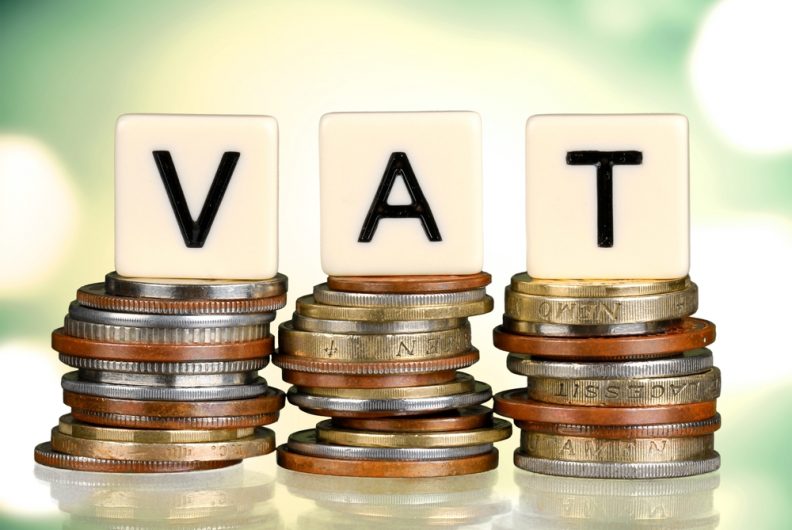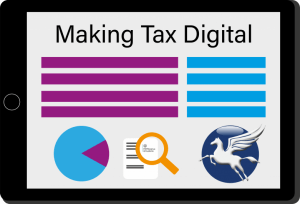MTD Proposals
- Date introduced
- Software
- Exemptions
- Preservation of records
- Content of records
- The VAT account
- VAT schemes
- VAT returns
- Error corrections
Date introduced
The new rules have effect from 1 April 2019 where a taxpayer has a ‘prescribed accounting period’ which begins on that date, and otherwise from the first day of a taxpayer’s first prescribed accounting period beginning after 1 April 2019.
Software
Under the new MTD rules, businesses will have to use ‘functional compatible software’. This means a ‘software program or set of compatible software programs which can connect to HMRC systems via an Application Programming Interface (API)’. This must be capable of:
- keeping records in digital form as specified by the new rules
- preserving digital records in digital form
- creating a VAT return from the digital records held in compatible software and submitting this data to HMRC digitally
- providing HMRC with VAT data on a voluntary basis
- receiving, via the API platform, information from HMRC to ascertain compliance. It is as yet unclear what this means, but it may relate to HMRC’s ability to send compliance prompts and nudges.
Exemptions
Just as there are exemptions from electronic filing at present, there are some exemptions from the MTD for VAT regime, and these follow the same lines. They are for businesses:
- which satisfy HMRC that they are practising members of a religious society or order whose beliefs are incompatible with the use of electronic communications
- to whom an insolvency procedure applies
- which satisfy HMRC that for reasons of disability, age, remoteness of location or any other reason, it is not reasonably practicable for them to make a return using an electronic return system.
The rules will provide a right of appeal if HMRC refuse exemption.
Preservation of records
As well as keeping digital records, businesses will have to preserve them in digital form. They will have to preserve digital records in functional compatible software for up to six years. Where a business deregisters for VAT, it will have to preserve records for up to six years.
Businesses to which MTD no longer applies will not have to maintain ongoing records in digital format.
Content of records
The information to be kept and preserved digitally includes:
- ‘designatory data’: this is business name, principal place of business, VAT registration number, information about any VAT accounting schemes used
- VAT account linking primary records and VAT return
- information about supplies made and received
The VAT account
The following data will be kept digitally.
VAT payable portion:
- total output tax due for VAT return period
- total output tax on acquisitions from other EU member states
- total output tax on supplies received where the business is required to account for and pay on behalf of the supplier (reverse charge output tax).
VAT allowable portion:
- total input tax allowable for VAT return period
- total input tax allowable on acquisitions from other EU member states.
Adjustments:
Adjustments made, corrections of errors in calculating VAT payable in previous periods, and any other adjustments made as required by VAT rules (such as retail scheme annual adjustments or partial exemption annual adjustments).
Here however, it is only the total of each adjustment that needs to be kept digitally – not the underlying calculations.
Exceptions
Where HMRC are satisfied that keeping and retaining the specified information for each transaction is ‘likely to be impossible, impractical or unduly onerous,’ they can vary the detail required to be kept electronically.
VAT Schemes
Retail scheme users will be allowed to record electronically sales transaction data based on daily gross takings, rather than recording details per sale.
Flat rate scheme users will need to record the relevant information in a digital form but the extent of the records will mirror current record keeping requirements.
VAT returns
Nine boxes
There will be a minimum of nine boxes to complete the return. The information on the return will ‘be generated by pulling information from the digital records’ – a hands-free process.
Other updates
There is also provision for businesses to make voluntary ‘periodic updates’ – in other words, for them to supply information outside the VAT return cycle.
The exact position is not yet completely clear, but HMRC say ‘We expect a voluntary update outside of the VAT Return cycle to be used mainly when a business is also providing an Income Tax update.’ This presumably looks forward to a next stage in MTDfB, when the regime also encompasses income tax. HMRC then goes on to say, ‘But it could also be used for example to update HMRC about a change of circumstances (changes to ‘designatory data’).’
Supplementary data
Change is hinted at by provisions for submitting additional supplementary information, which would also be ‘pulled’ from the digital records.
The proposals state ‘While the simplicity of the ‘Nine Box’ VAT return has advantages for businesses in terms of reduced administrative burdens … HMRC receives no information about how the figures in the return are arrived at.’
HMRC are concerned that some returns are incorrectly calculated, and one of the driving forces behind the MTD programme is the belief that the digital regime will reduce the amount of money lost to the Exchequer through error. The idea of submitting ‘supplementary data’ would seem to relate to this. HMRC say submission ‘will allow HMRC to test with businesses the extent to which they and HMRC can benefit from such supplementary data.’
Error corrections
The procedure here will broadly be the same as at present with regard to amending VAT accounting records. Corrections to VAT returns already submitted will be made as at present, with non-deliberate errors below the reporting threshold adjusted on the next VAT return, (if within the four year time limit) and other errors reported through VAT652.
Here too change may be on the way. However, HMRC are exploring the provision of electronic/digital submission of VAT652; at this stage on a non-mandatory basis.


